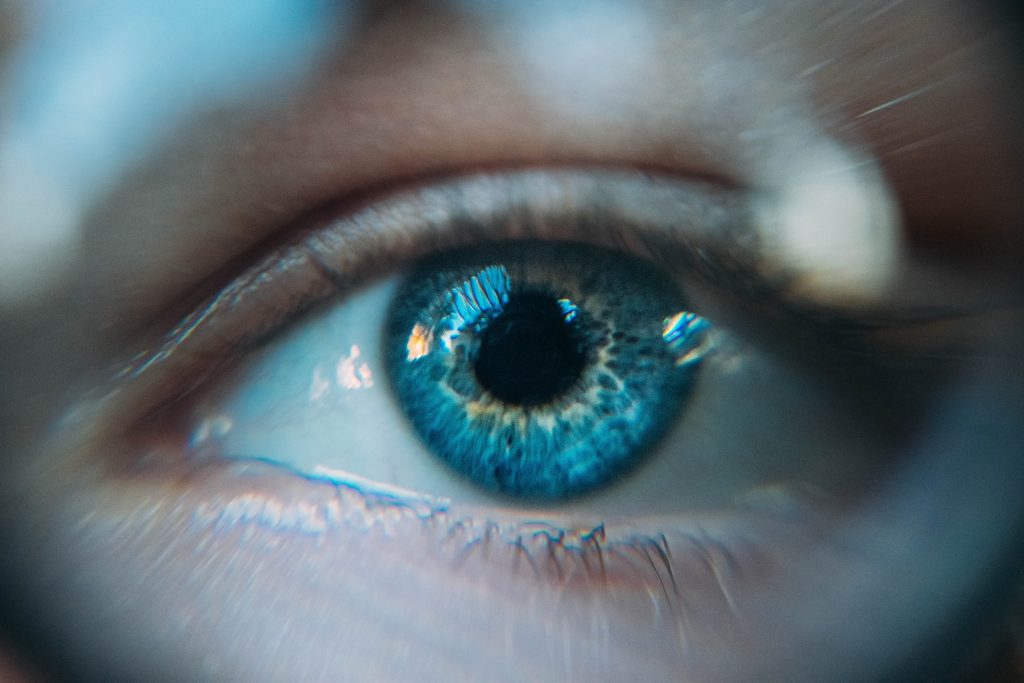Early Developmental Intervention Dramatically Cuts Autism Risk

A first-of-its-kind study has shown that parent-led therapy supporting the social development of babies with early autism signs greatly reduced the odds of a later autism.
The research, led by CliniKids at the Telethon Kids Institute and published in JAMA Pediatrics, found that a diagnosis of autism at age three was only a third as likely in children who received the pre-emptive therapy (iBASIS-VIPP)compared to those who received usual treatment.
The findings were the first evidence showing that a pre-emptive intervention during infancy could result in such a significant improvement in children’s social development that they then fell below the threshold for an autism diagnosis.
Study leader Professor Andrew Whitehouse, Telethon Kids Institute, said: “The use of iBASIS-VIPP resulted in three times fewer diagnoses of autism at age three. No trial of a pre-emptive infant intervention, applied prior to diagnosis, has to date shown such an effect to impact diagnostic outcomes – until now.”
Professor Whitehouse said many therapies for autism tried to replace developmental differences with more ‘typical’ behaviours. Instead, iBASIS-VIPP attempts to work with each child’s unique differences, creating a social environment around the child helping them learn in a way optimised for them.
“The therapy uses video-feedback to help parents understand and appreciate the unique abilities of their baby, and to use these strengths as a foundation for future development,” said Professor Whitehouse. “By doing so, this therapy was able to support their later social engagement and other autistic-related behaviors such as sensory behaviors and repetitiveness, to the point that they were less likely meet the ‘deficit-focused’ diagnostic criteria for autism.”
“We also found increased parental sensitivity to their baby’s unique communication and an increase in parent-reported language development. Other general aspects of development were not affected.” The children falling below the diagnostic threshold still had developmental difficulties, but by working with each child’s unique differences, rather than trying to counter them, the therapy has effectively supported their development through the early childhood years.”
The four-year randomised clinical trial enrolled babies aged 9-14 months, all of whom having shown early behavioural signs of autism. Over five months, half received the video intervention, while a control group received current best practice treatment.
Eighty-nine children completed an assessment at the start of the study, at the end of the therapy period, and when they were two and three years of age. With the high prevalence of autism worldwide, the implications of the findings were enormous, said Professor Whitehouse. Around 2% of all children in Australia have an autism diagnosis.
“Autism is not typically diagnosed until three years of age, however, interventions commencing during the first two years of life, when the first signs of development difference are observed and the brain is rapidly developing, may lead to even greater impact on developmental outcomes in later childhood,” Professor Whitehouse said.
Professor Whitehouse said that a follow-up of study participants in later childhood, when autism behaviours may be more apparent, would be critical to determining the longer-term significance of the video intervention.
Source: Telethon Kids Institute


